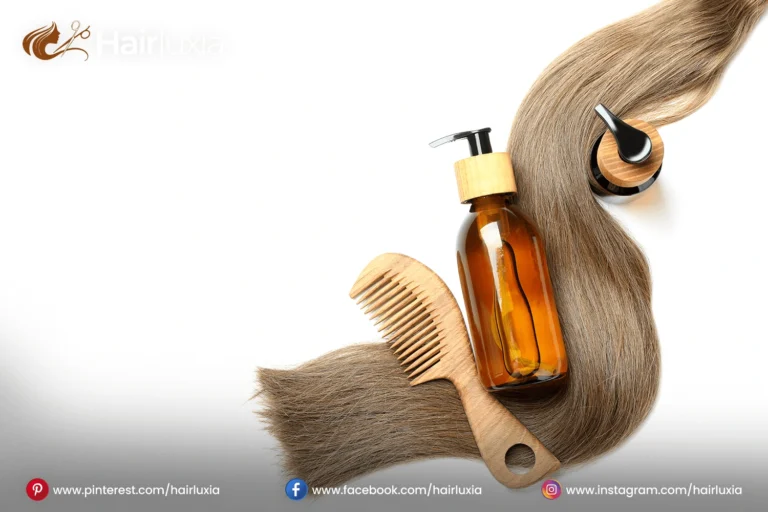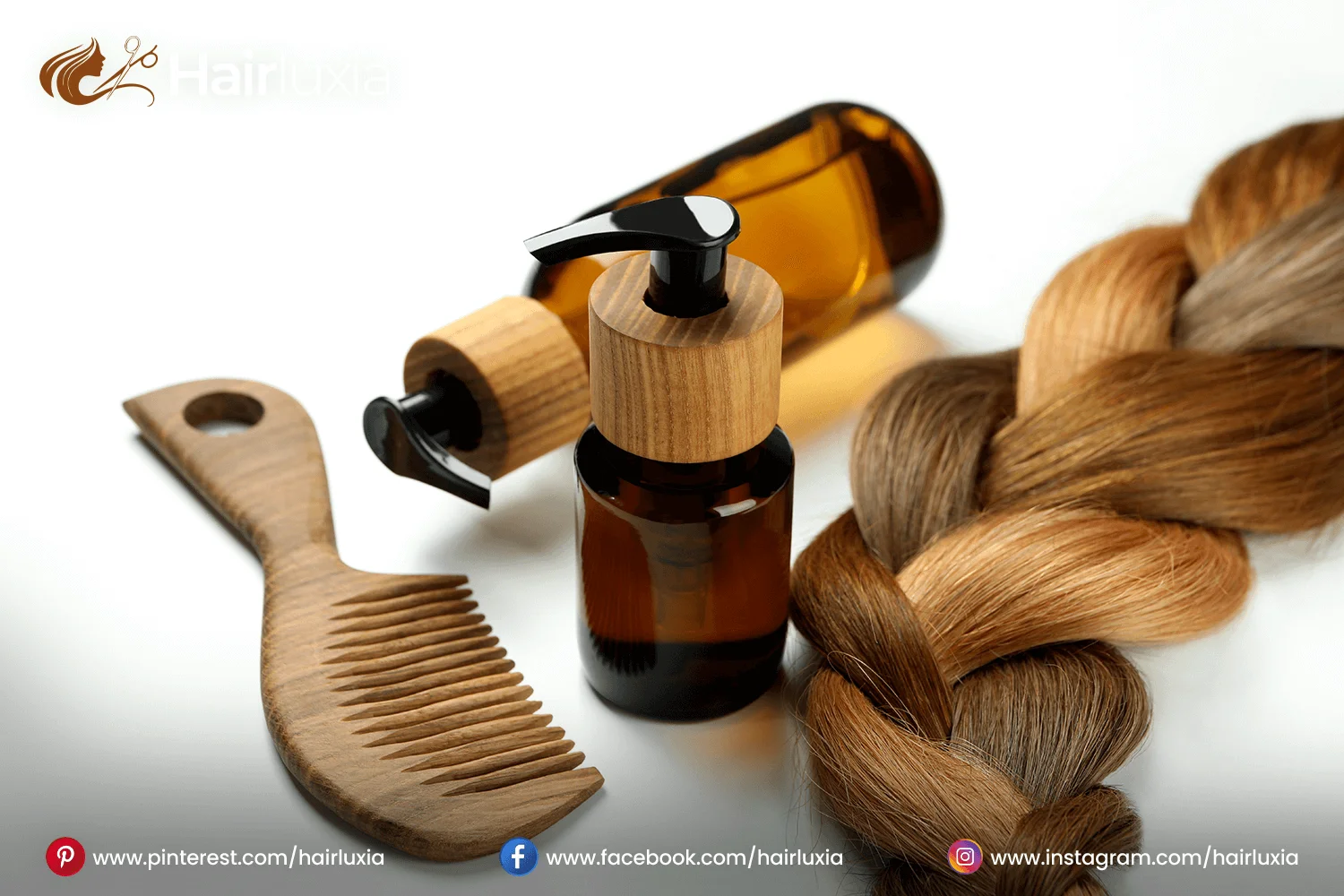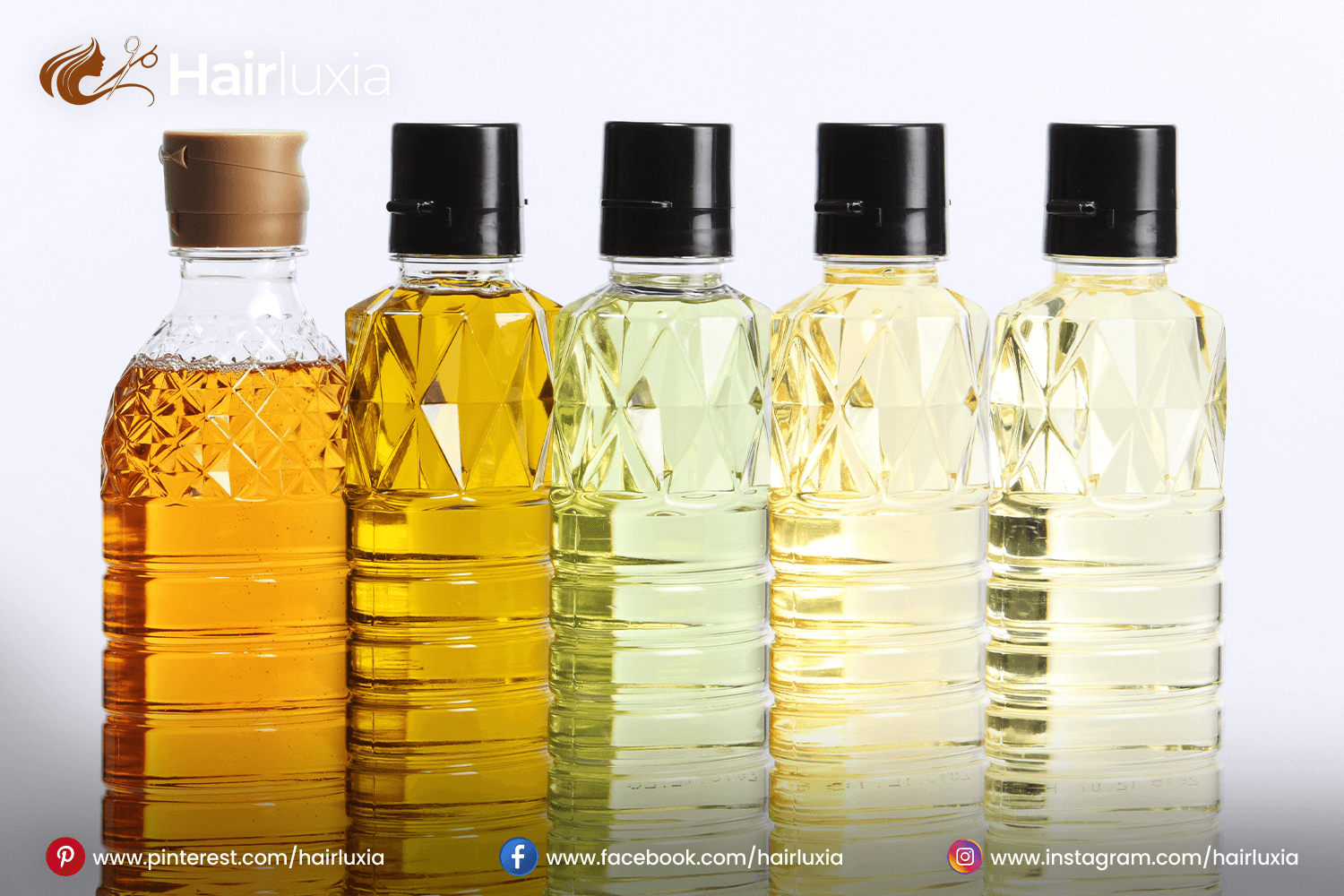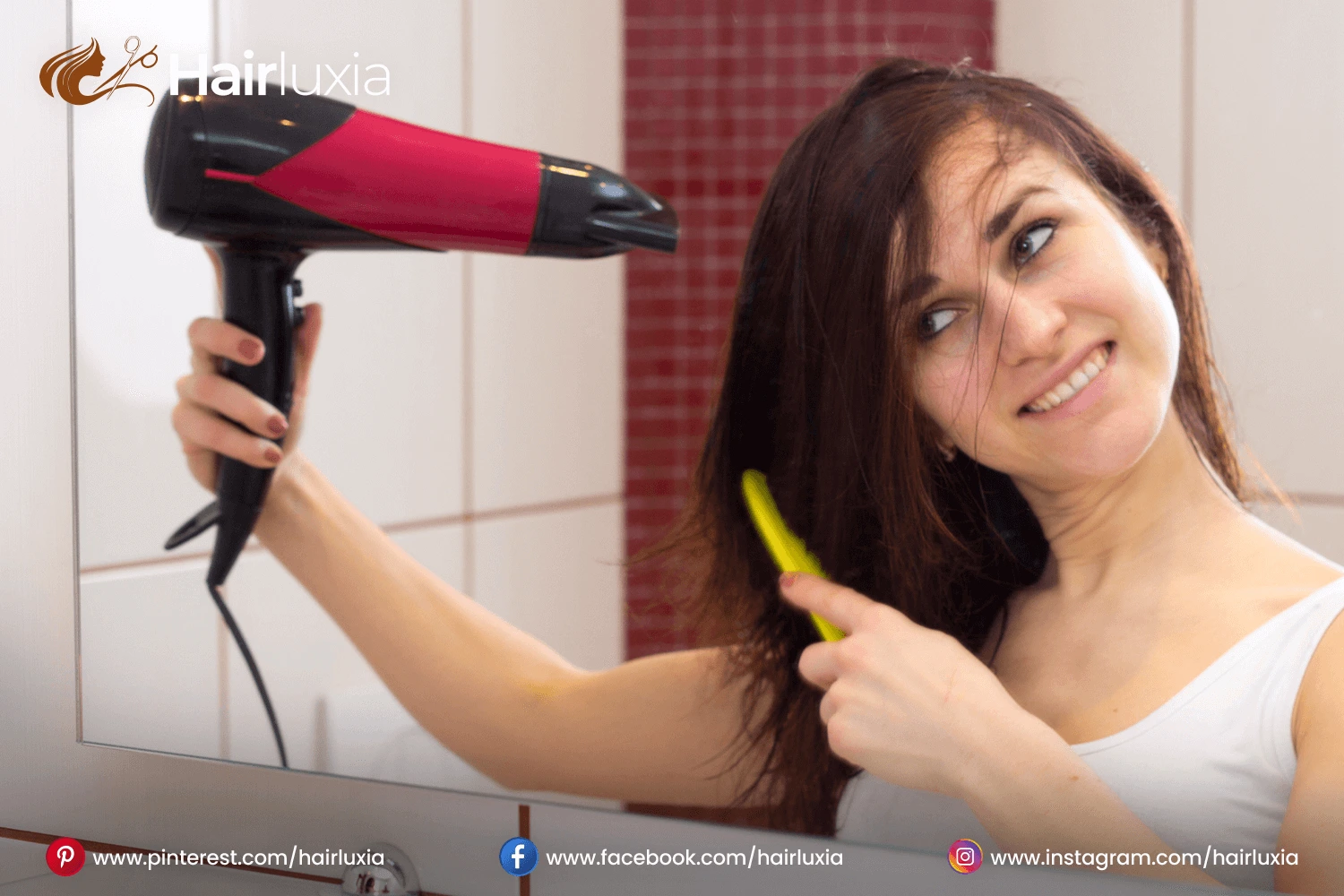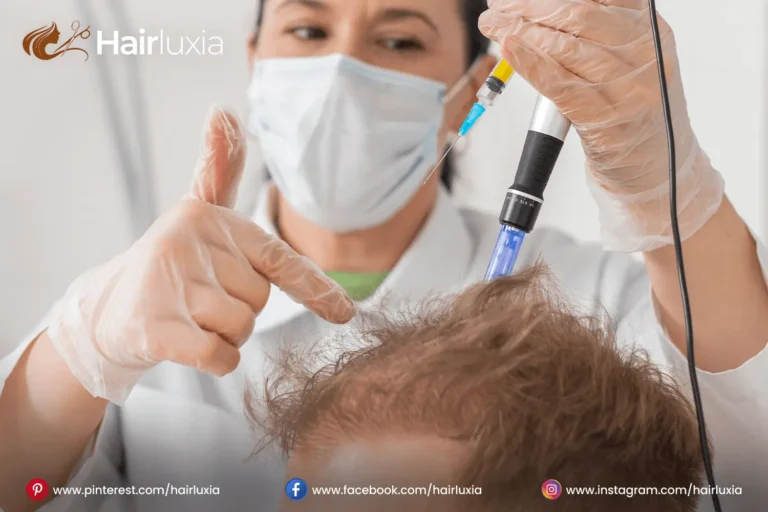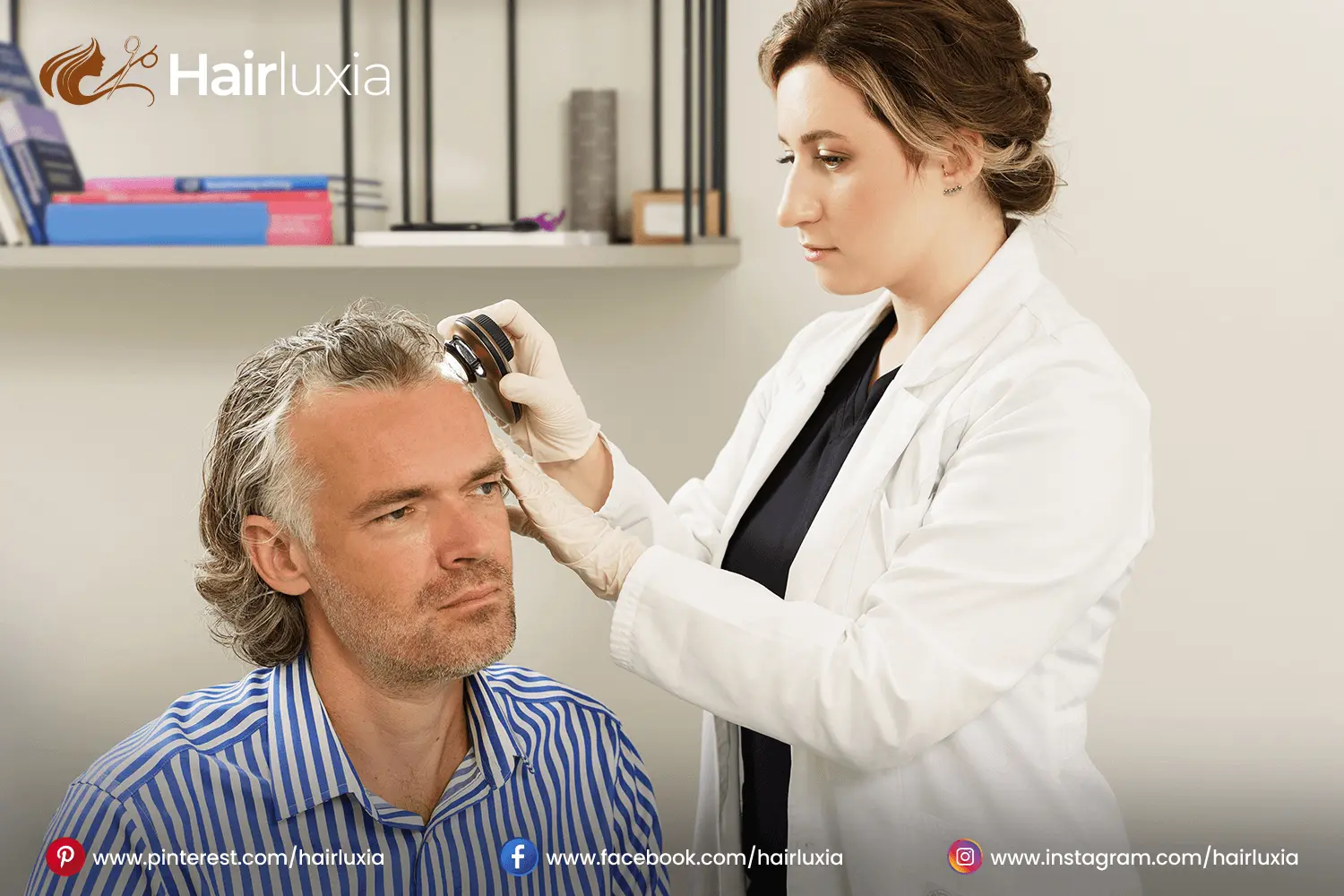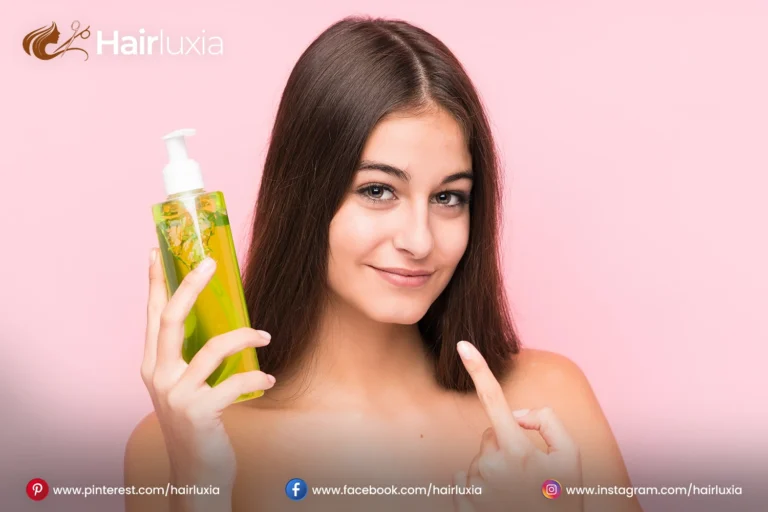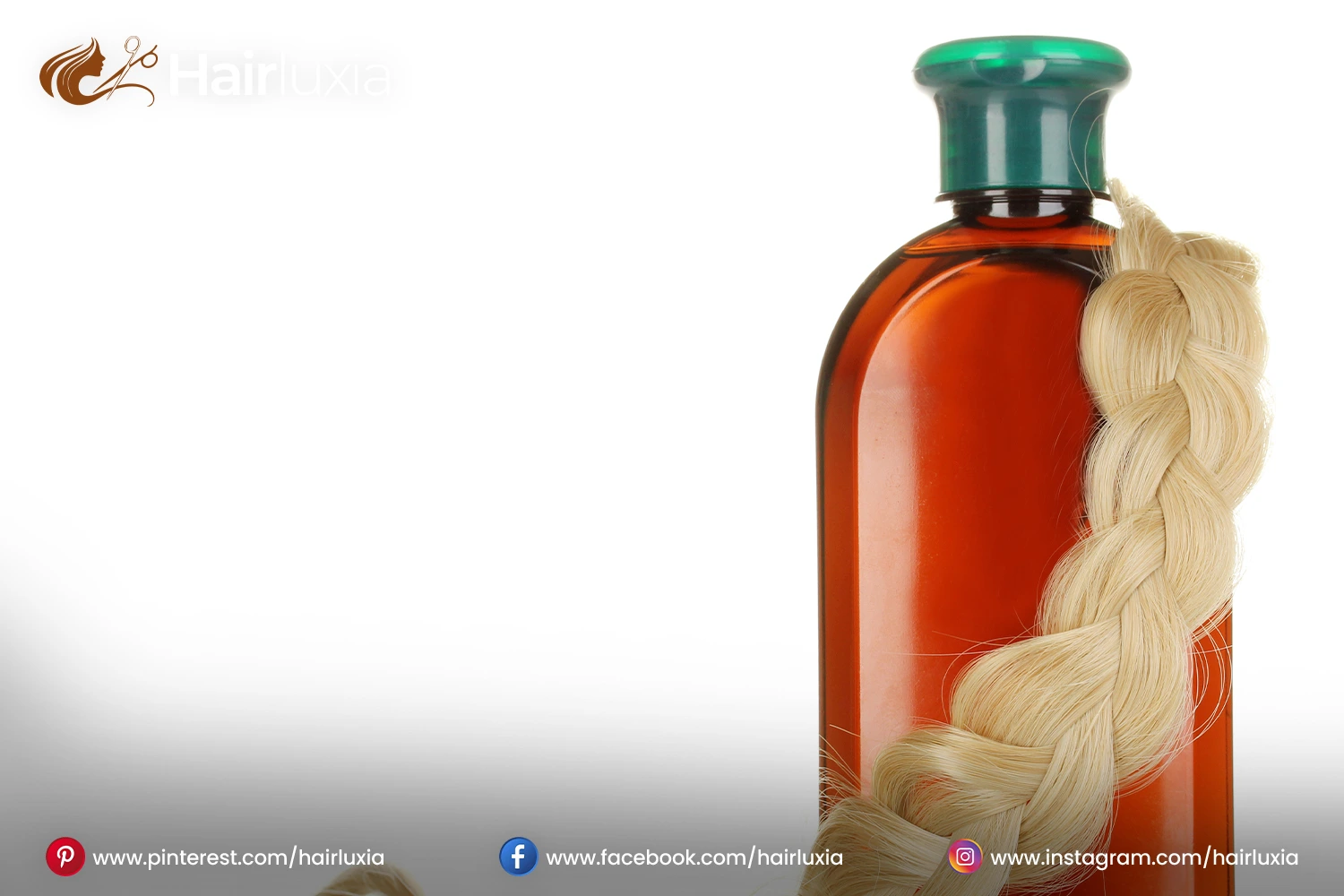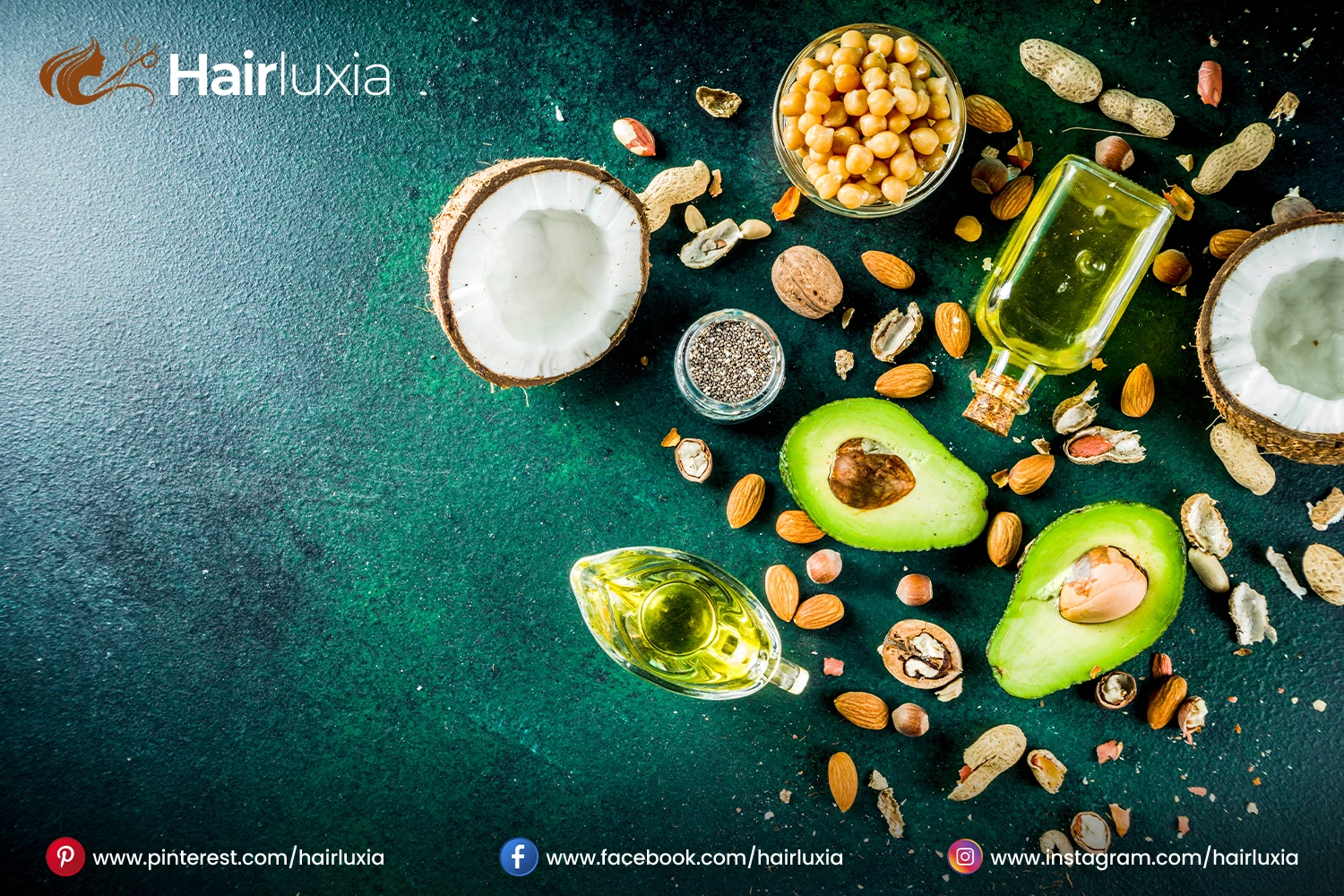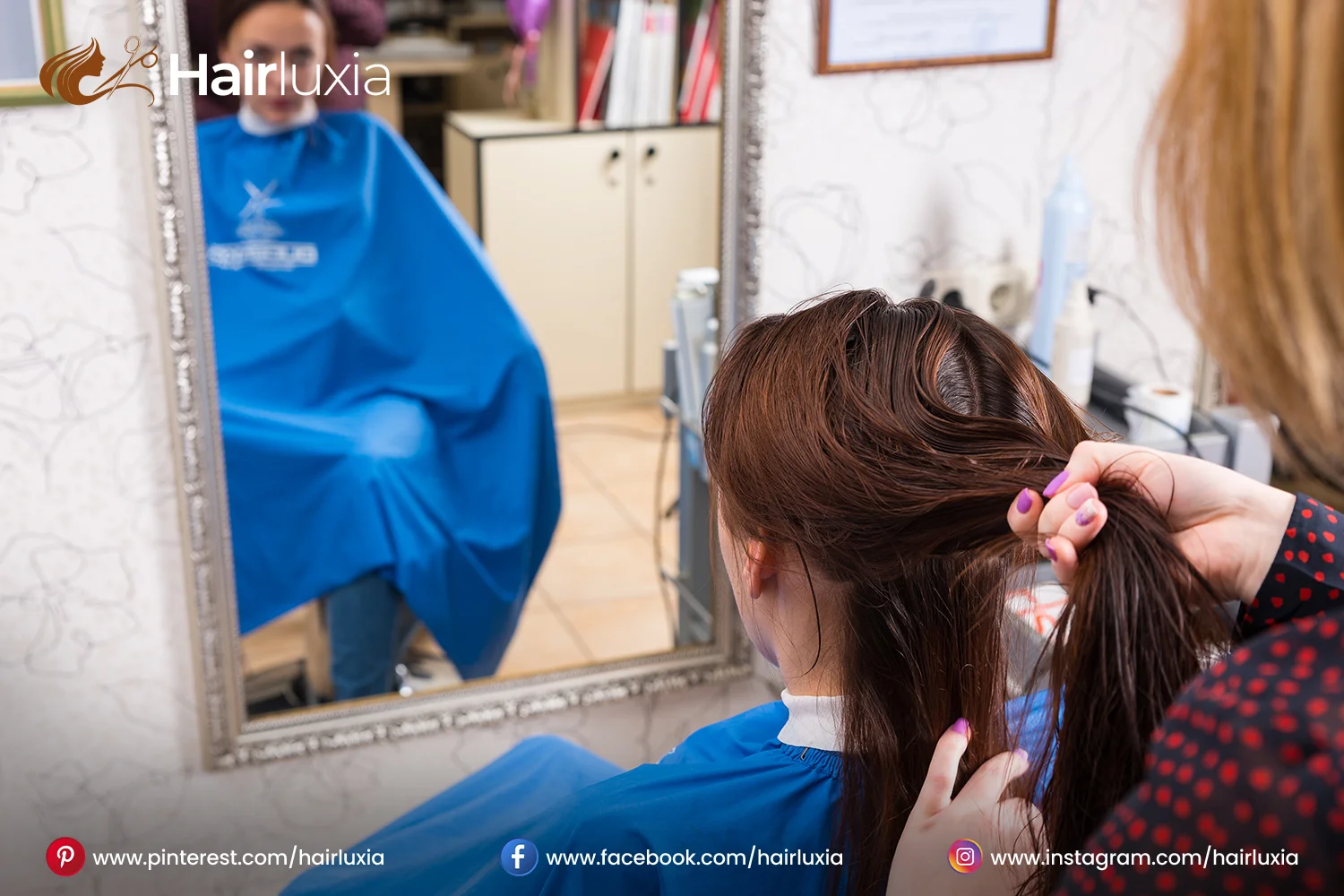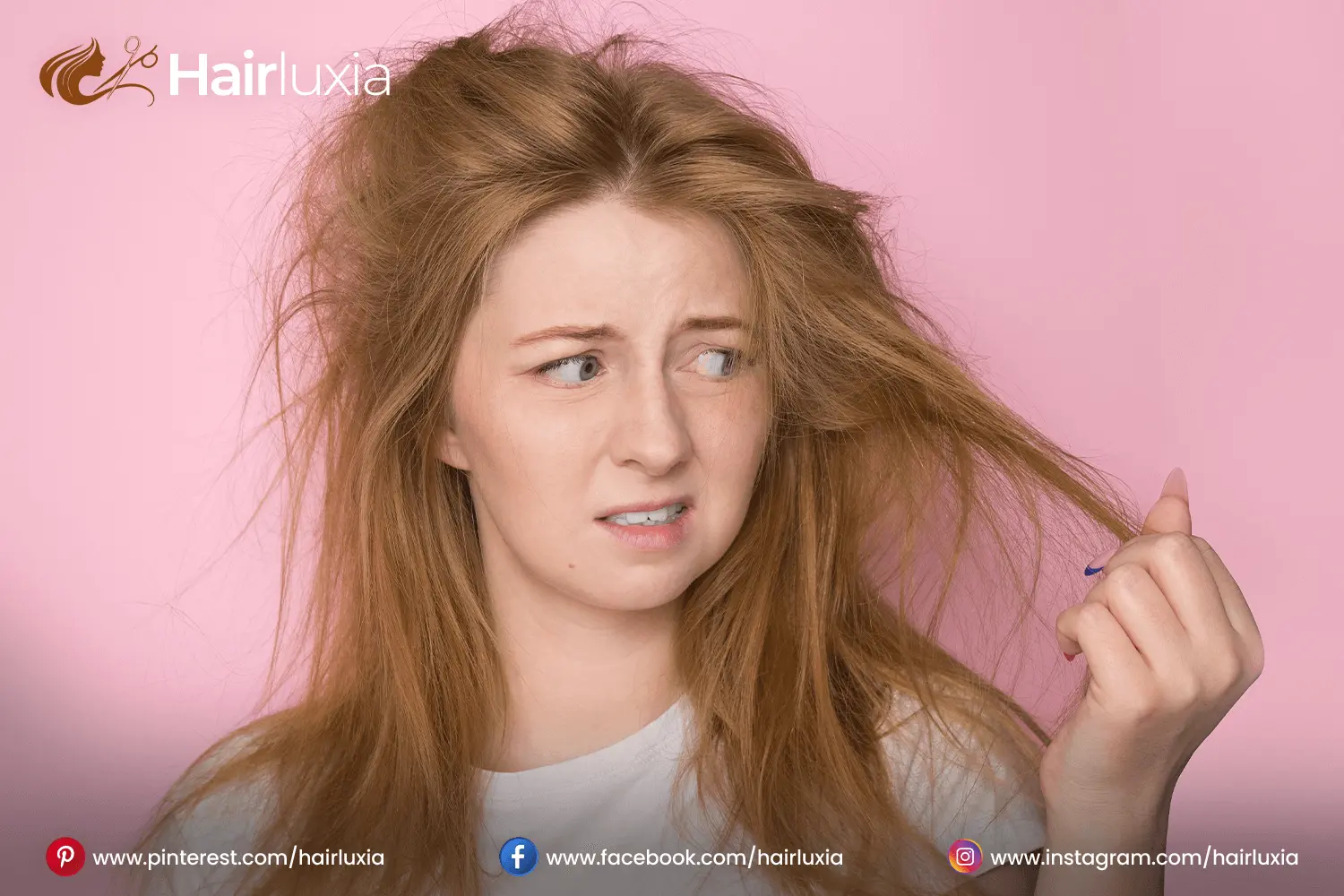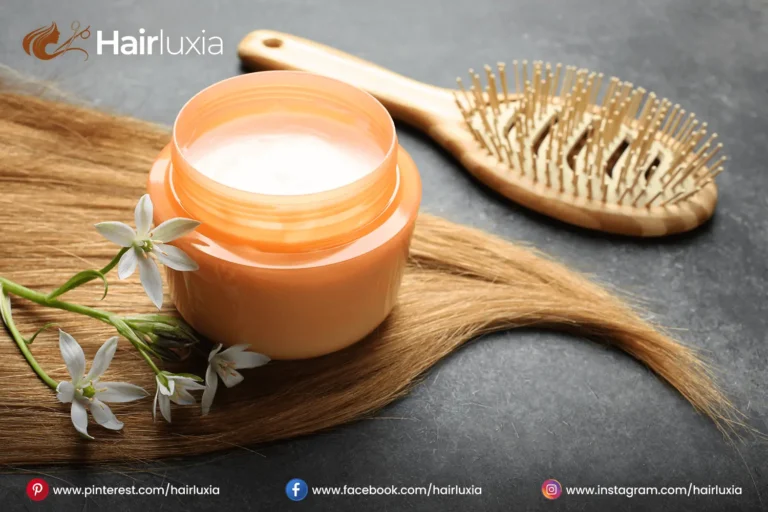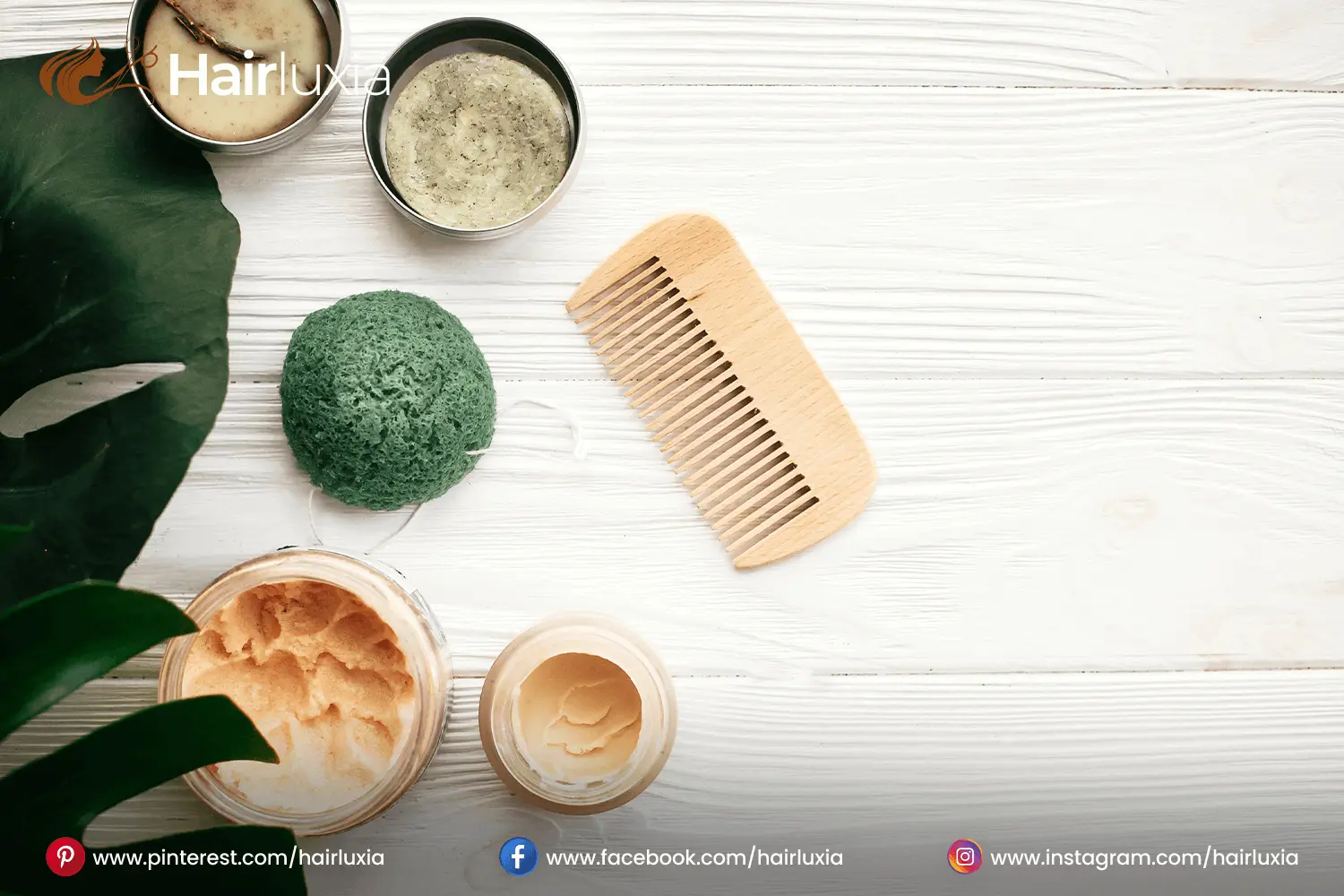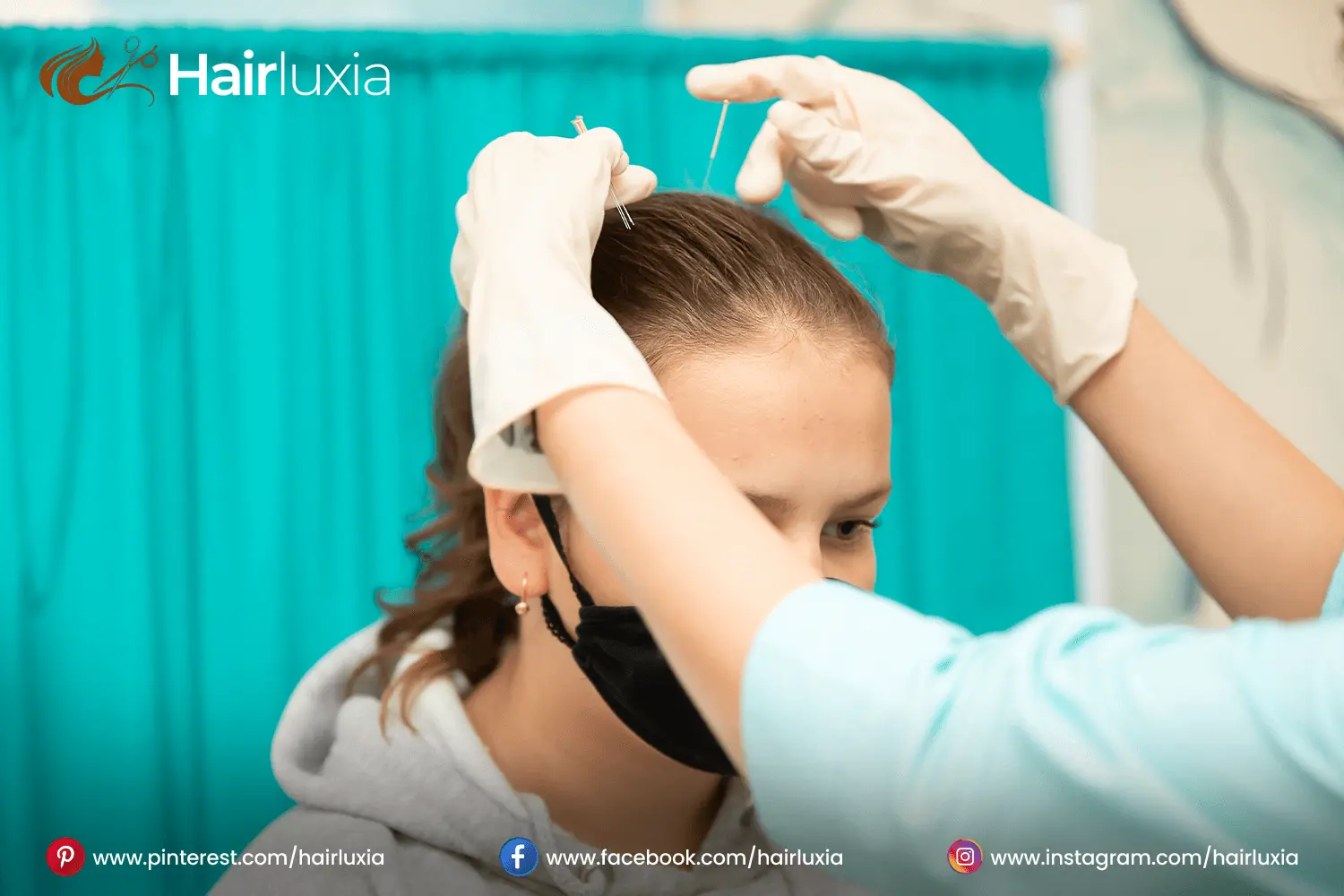Best way to get extension tape residue out of hair
How to get extension tape residue out of hair
Removing extension tape residue from your hair can be a tricky mission, but with the right strategies and tools, you could do it without inflicting harm. Extension tapes are designed to paste firmly for your hair, making the removal procedure tough if no longer achieved properly.

In this manual, we’ll explore effective techniques to securely eliminate extension tape residue, repair the smoothness of your hair, and preserve it looking healthy and residue-unfastened. Whether you are the usage of oil-based removers, natural solutions, or specialized products, those guidelines will assist you obtain a clean result.
Hair extension remover
Hair extension remover is a specially formulated product designed to safely and efficiently dissolve the adhesive used in hair extensions, making it less difficult to put off them without unfavorable your herbal hair. It is generally used for putting off tape-in, bonded, and stuck extensions.
Here’s a whole facts of what you want to know approximately hair extension remover:
Types of hair extension remover
Oil-based remover
Oil-based totally removers are most of the maximum commonplace and mild alternatives for both hair and scalp. They often contain components like coconut oil, olive oil, or argan oil, which paintings to break down adhesive by means of penetrating the glue and loosening the bonds without drying out the hair.
In addition to efficiently putting off tape residue, these removers also go away the hair moisturized, making them especially useful for people with dry or broken hair.
Alcohol-primarily based remover
Alcohol-based removers are recognized for their short action and are generally used by specialists. These removers typically include components like isopropyl alcohol, which efficiently dissolves adhesive on contact.
While they work quicker than oil-based totally alternatives, they can also be drying to both the hair and scalp. To counter this, it’s crucial to observe up with a deep conditioning treatment to restore moisture and maintain hair health.
Dual-segment remover
An aggregate of both oil and alcohol-based formulas gives the quality of both worlds with the aid of providing fast adhesive breakdown while minimizing harm or dryness to the hair. This makes them best for people with more sensitive scalps or hair this is liable to breakage.
How to apply hair extension remover
Preparation
To make certain a clean and efficient application technique, it’s beneficial to segment your hair. This not best makes the task greater attainable but additionally allows for more particular utility. Additionally, it’s important to protect your garb and surfaces, as a few removers may also stain fabrics.
Application
To remove adhesive bonds from extensions, along with tape-in or keratin bonds, apply the remover directly to the affected areas. If you’re using an oil-primarily based remover, lightly massage the product into the adhesive and permit it take a seat for a few minutes to efficiently loosen the bonds.
In comparison, alcohol-based totally removers work greater speedy, as the absorption normally starts elaborate to interrupt down within seconds after apply.
Removing the extension
Once the adhesive has been loosened, lightly slide the extensions out of your hair. It can be useful to apply a extensive-enamel comb or your arms to help on this process. Be cautious not to pull or pull on the extensions, as this will result in hair breakage.
Cleaning and washing
After getting rid of the extensions, it’s crucial to apply a clarifying shampoo to remove any ultimate residue from the adhesive and the remover product. This step ensures that your hair is unfastened from buildup and prepares it for the following section of care.
Following the clarifying shampoo, observe a deep conditioning remedy or hair mask to restore moisture and nourishment for your hair. This will assist keep its fitness and softness after the elimination technique.
Residue tape in extension without remover
Hair residue remover refers to products especially designed to do away with construct-up and residue from hair care products, oils, dirt, and other impurities. This construct-up can depart hair feeling heavy, greasy, or dull and may intervene with styling merchandise and remedies.
Types of Hair Residue Removers
Natural residue remover
Many human beings choose natural solutions for removing residue from their hair, turning to substances like apple cider vinegar, baking soda, or lemon juice. These herbal options can be diluted with water and used as a rinse to assist clarify the hair.
Not best are they powerful, but they’re also much less harsh than commercial products, making them gentler on each the hair and scalp.
Clarifying shampoos
Clarifying shampoos are specifically formulated to deeply cleanse each the hair and scalp via correctly casting off product build-up, extra oil, and impurities. These shampoos usually comprise stronger surfactants, which includes sodium lauryl sulfate (SLS) or ammonium lauryl sulfate, which assist strip away residue.
They are best to be used each few weeks, particularly for individuals who regularly use multiple hair products, as this facilitates maintain the hair’s fitness and freshness.
Scalp scrubs
Scalp exfoliation products are mainly designed to eliminate useless pores and skin cells and product residue from the scalp, selling healthful hair boom. These merchandise normally consist of bodily exfoliants, along with sugar or salt, in addition to chemical exfoliants like salicylic acid, which paintings to unclog hair follicles.
When used alongside everyday shampooing, scalp scrubs can appreciably beautify scalp health and cleanliness, ensuring a better environment for hair to thrive.
Dry shampoo remover

Specialized products designed to take away the construct-up from dry shampoo successfully refresh the hair and scalp without the want for water. These merchandise normally comprise powders or sprays that soak up excess oil and residue, often greater with extra cleansing retailers.
To use them, truly observe the product to the scalp and hair, then comply with up with thorough brushing to put off any remaining residue, leaving your hair looking smooth and revitalized.
How to use hair residue remover
Choose the right product
Applying Clarifying Shampoo calls for absolutely washing your hair, using a beneficent amount, and massaging it into your hair and scalp. To help it penetrate through the residue, permit it sit for a couple of minutes after giving it a radical rinse.
Scalp Scrub: Massage into the scalp with circular motions after applying to wet hair.
Dry Shampoo Remover: Spray or sprinkle the product onto the scalp and hair, permit it take a seat down for a minute, then brush via to eliminate more residue.
Follow up care
Using clarifying shampoos or scrubs each few weeks or as wanted is crucial, especially counting on how a fantastic deal product you use to your hair. However, it’s important to strike a balance, as overusing those merchandise can cause dryness.
After using a residue remover, it’s crucial to conform with up with a moisturizing conditioner or hair masks. This step enables restore hydration for your hair, preventing dryness and keeping its health.
How to do away with tape extension glue from hair at domestic
Removing tape extension glue from your hair at home may be performed thoroughly and successfully with a few clean techniques. Here’s a step-with the aid of-step guide that will help you deal with this sticky state of affairs without adverse your hair.
1. Gather Your Supplies
Before you begin, make sure you’ve got these ingredients:
- Natural oil (olive oil, coconut oil, or almond oil)
- Conditioner
- Heat source (blow dryer or flat iron)
- Fine-tooth comb
- Cotton balls or pads
- Baking soda (optionally available)
- Towel for cleanup
2. Use Natural Oil
Natural oils are awesome for breaking down adhesive with out harming your hair.
How to Use:
Warm the Oil: Slightly heat the oil on your palms or in a small bowl.
Apply to Residue: Generously study the oil to the regions with glue.
Massage: Gently rubdown the oil into the residue and allow it sit down for 10-15 mins.
Comb It Out: Use a super-enamel comb to cautiously dispose of the softened glue. Start from the ends and work your way as much as keep away from tugging for your hair.
3. Heat Method
Heat can assist loosen the glue, making it less complicated to get rid of.
How to Use:
Prepare Your Hair: Ensure your hair is dry earlier than using heat.
Use a Blow Dryer: On a low warm temperature placing, maintain the blow dryer some inches a ways from the glued vicinity for about 1-2 mins.
Apply Oil: While the vicinity is heat, exercise natural oil as cited above.
Comb: After a few minutes, gently comb out the residue.
4. Conditioner Application
Conditioner can help melt the glue, making it less complicated to take away.
How to Use:
Apply Conditioner: Generously comply with a thick layer of conditioner to the sticky regions.
Let It Sit: Allow the conditioner to penetrate for approximately 15-20 mins.
Gently Scrape: Use your arms or a high-quality-enamel comb to gently scrape off the softened glue.
5. Baking Soda Paste (Optional)
Baking soda may be an powerful exfoliant to assist improve residue.
How to Use:
Make the Paste: Mix 1 tablespoon of baking soda with a small quantity of water to shape a paste.
Apply to Residue: Spread the paste over the glued location.
Let It Sit: Allow it to sit for approximately 10 minutes.
Rinse and Comb: Rinse thoroughly with water and then use a super-enamel comb to take away any closing glue.
6. Rinse and Clean Up

After you’ve eliminated the glue:
Wash Your Hair: Use a gentle shampoo to cleanse your hair and dispose of any remaining oils or any other products.
Deep Condition: Follow up with a deep conditioner to restore moisture and hydration for your hair.
Removing tape extension glue at home is completely viable with herbal oils, warm temperature, and a few gentle care. By following those steps, you can successfully do away with the residue whilst keeping your hair healthy and searching exquisite.
Common mistakes that people make while removing extension out of hair
Here are a few not unusual mistakes human beings make at the same time as removing extensions from hair:
1. Pulling Too Hard: Pulling the extensions can motive hair breakage and damage.
2. Skipping the Prep: Not the use of a detangling spray or oil can cause tangles and knots.
3. Ignoring the Removal Method: Using the incorrect technique for the particular type of extension can bring about hair damage.
4. Rushing the Process: Hurrying the removal can motive unnecessary strain on the hair.
5. Neglecting to Section Hair: Failing to phase off hair nicely could make the technique chaotic and growth the chance of damage.
6. Not Consulting a Professional: Attempting to eliminate extensions without expert help can cause errors and harm to natural hair.
7. Overusing Heat: Using immoderate warmness tools can weaken hair and extensions during elimination.
8. Skipping Aftercare: Not following up with a proper hair care ordinary can result in dryness and breakage after elimination.
Conclusion
Removing extension tape residue from hair calls for care and the right strategies to avoid damage. Whether choosing specialized hair extension removers, natural oils, or DIY strategies, it is critical to approach the system thoughtfully.
Always put together your hair via sectioning it and the usage of the precise products, and take a while to softly loosen the adhesive. Avoid commonplace errors inclusive of rushing the manner or the use of excessive warmth, as those can result in hair breakage and harm.
After correctly eliminating the residue, a right cleaning and conditioning routine is important to restore moisture and keep hair fitness. By following these hints, you may make sure a secure and effective removal manner, leaving your hair smooth, healthy, and residue-unfastened.


